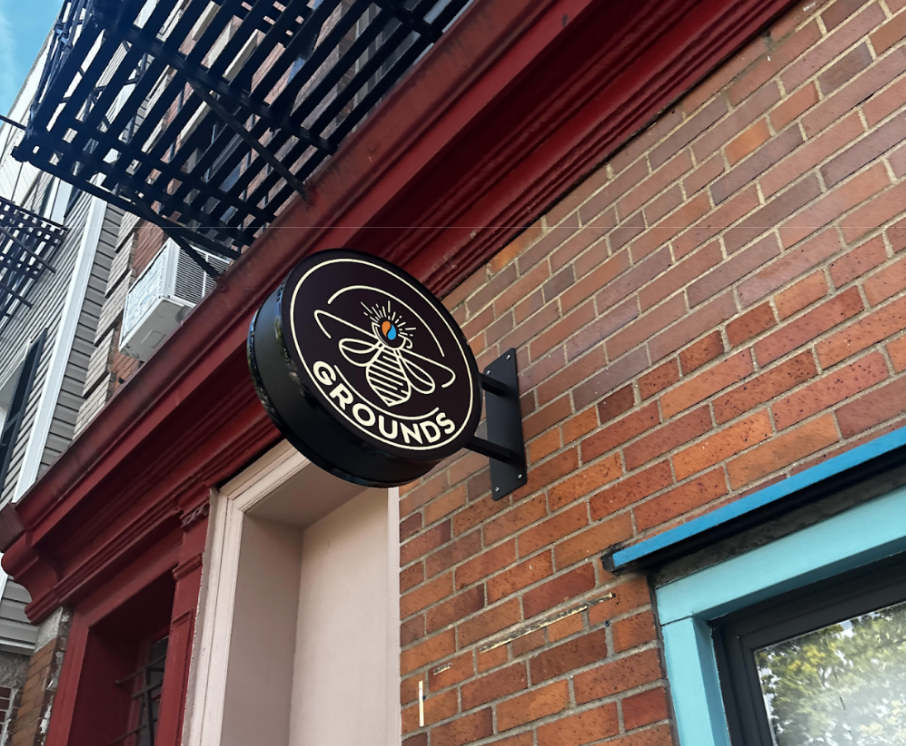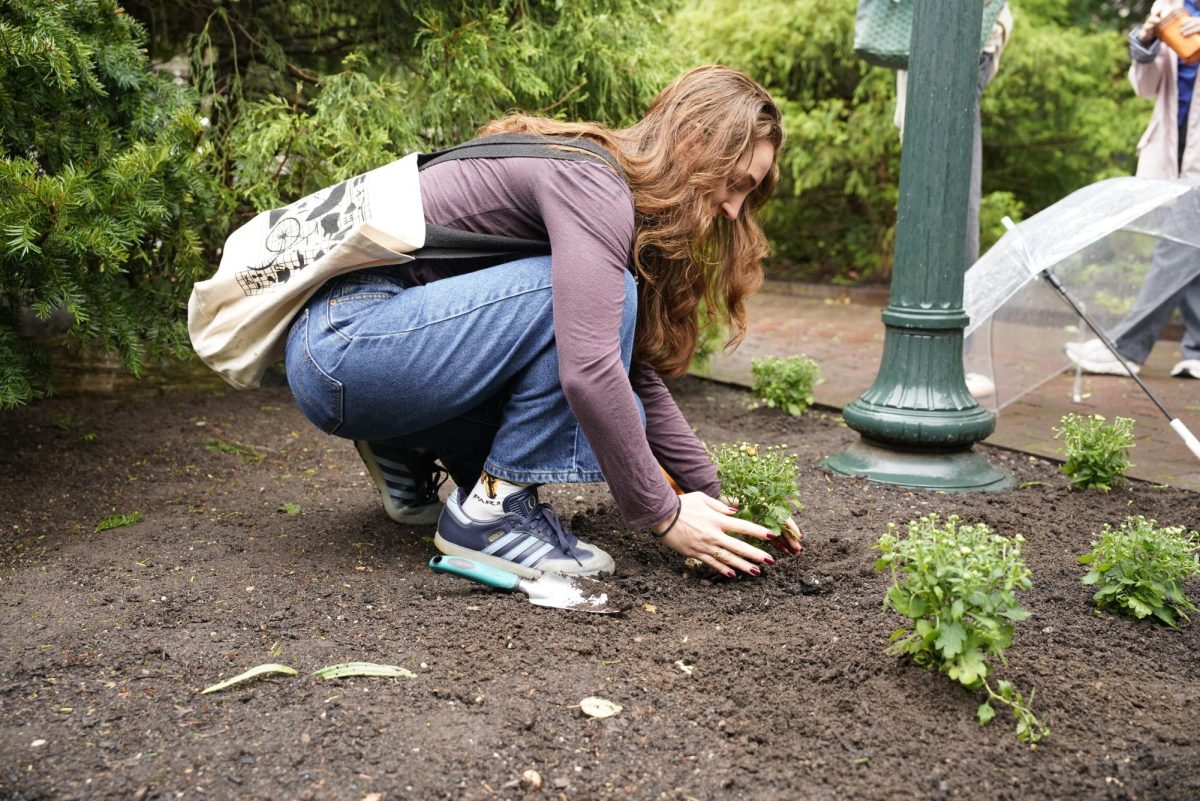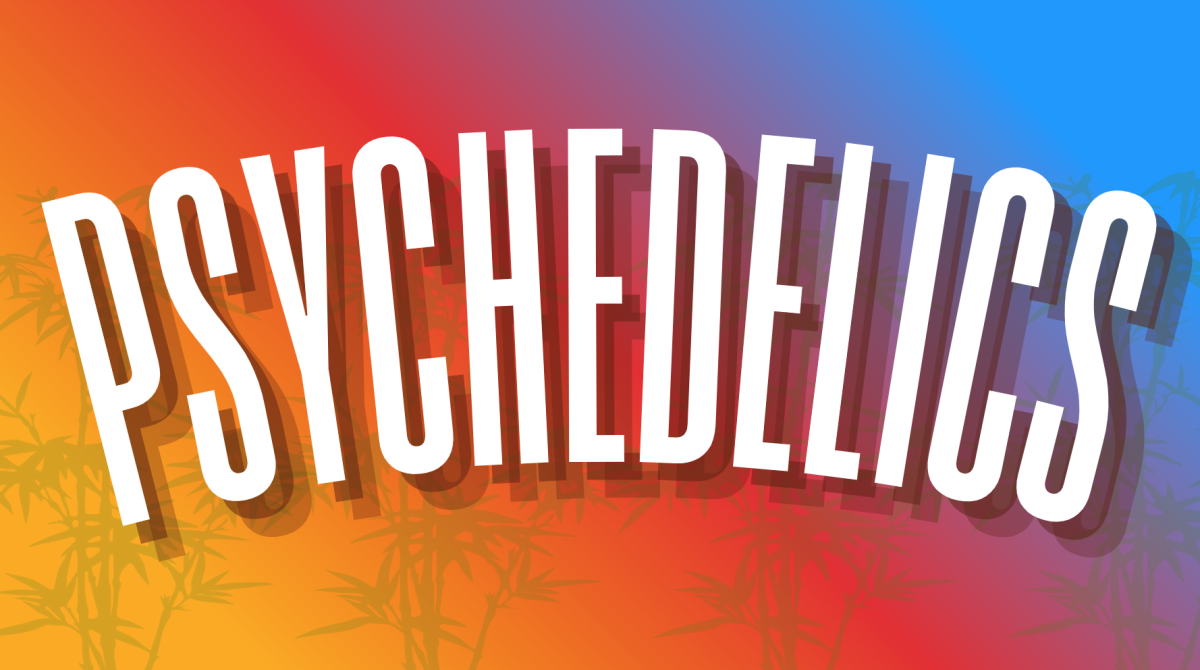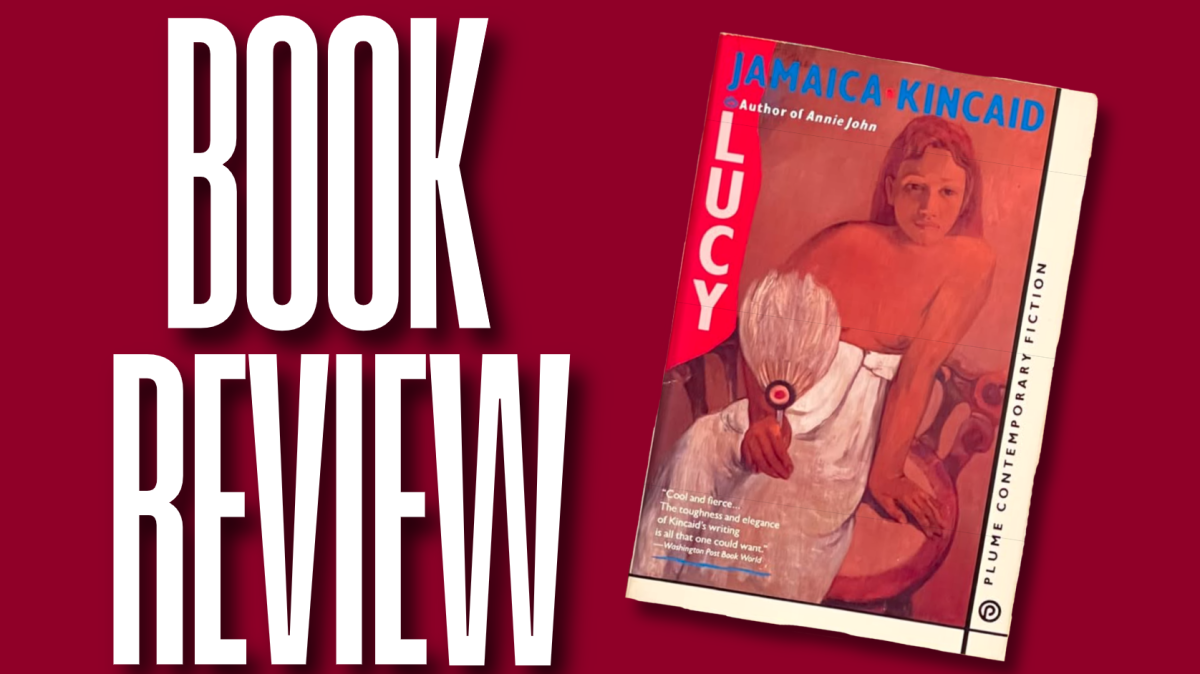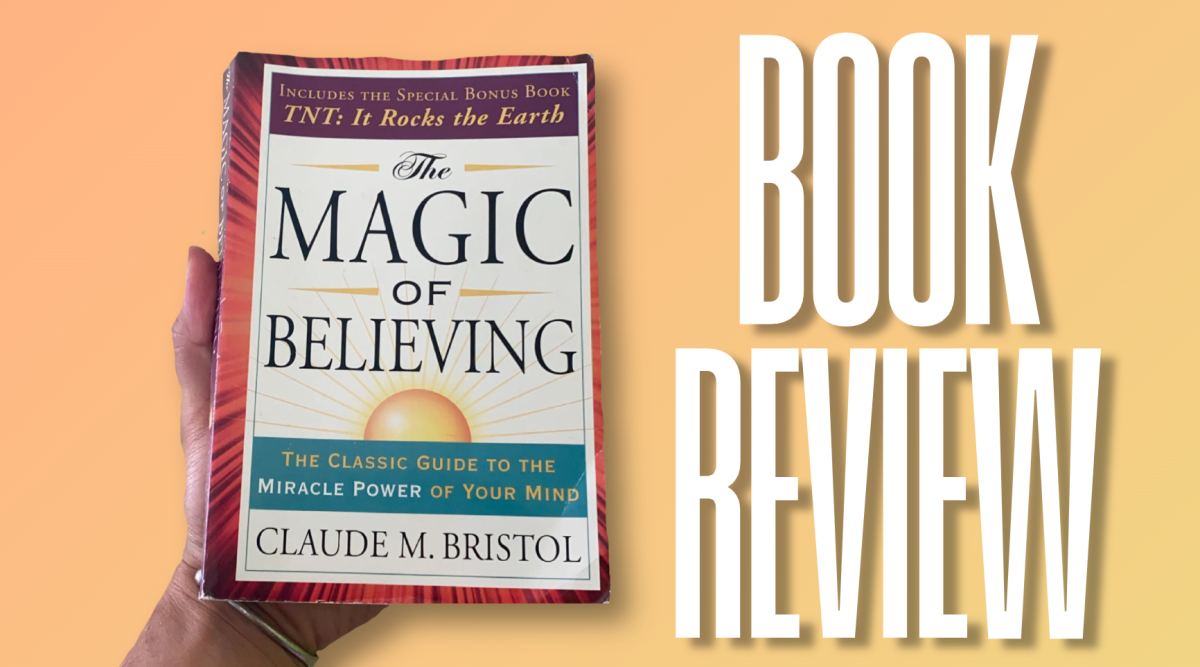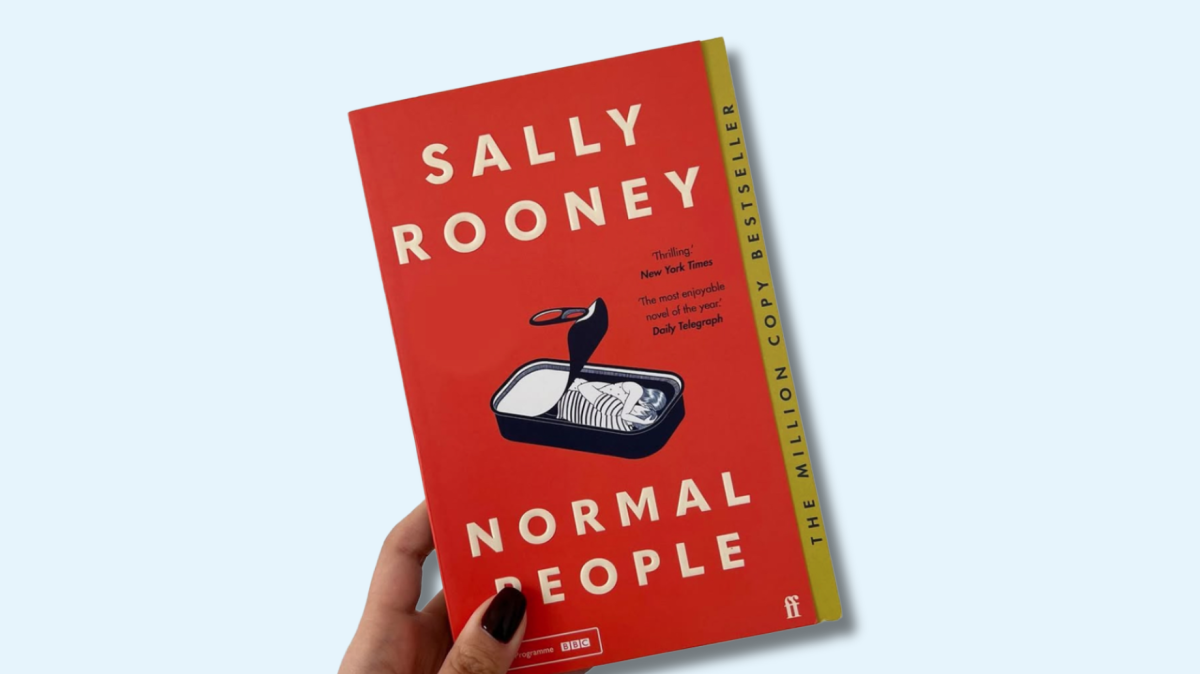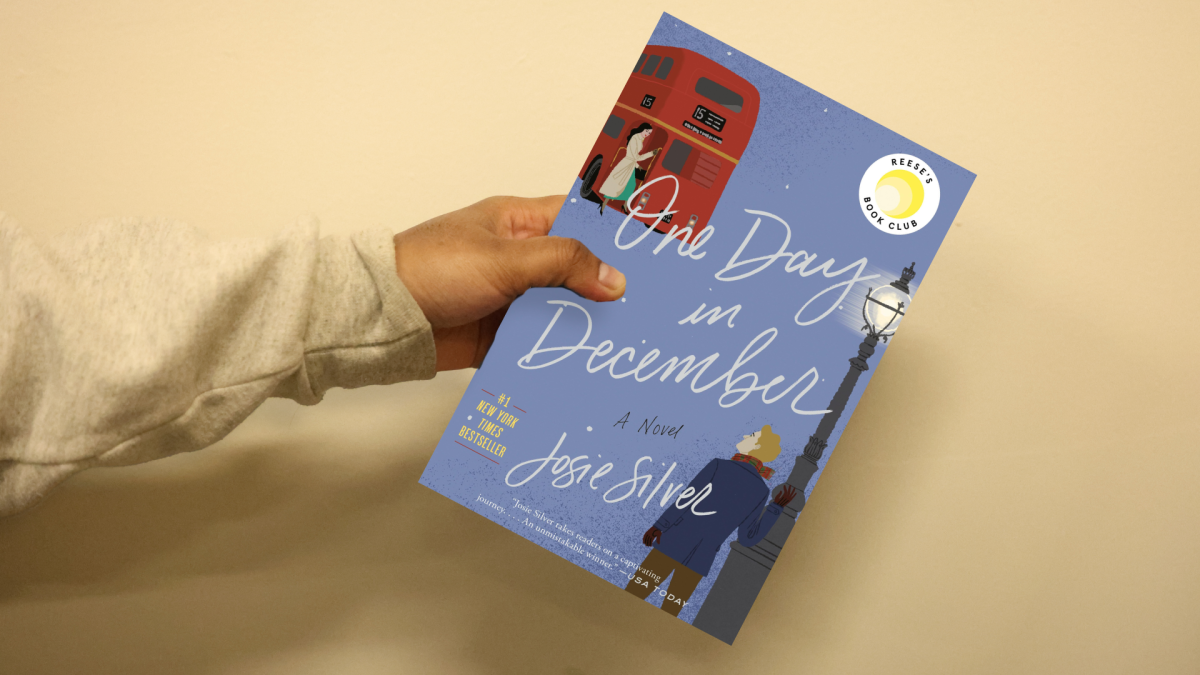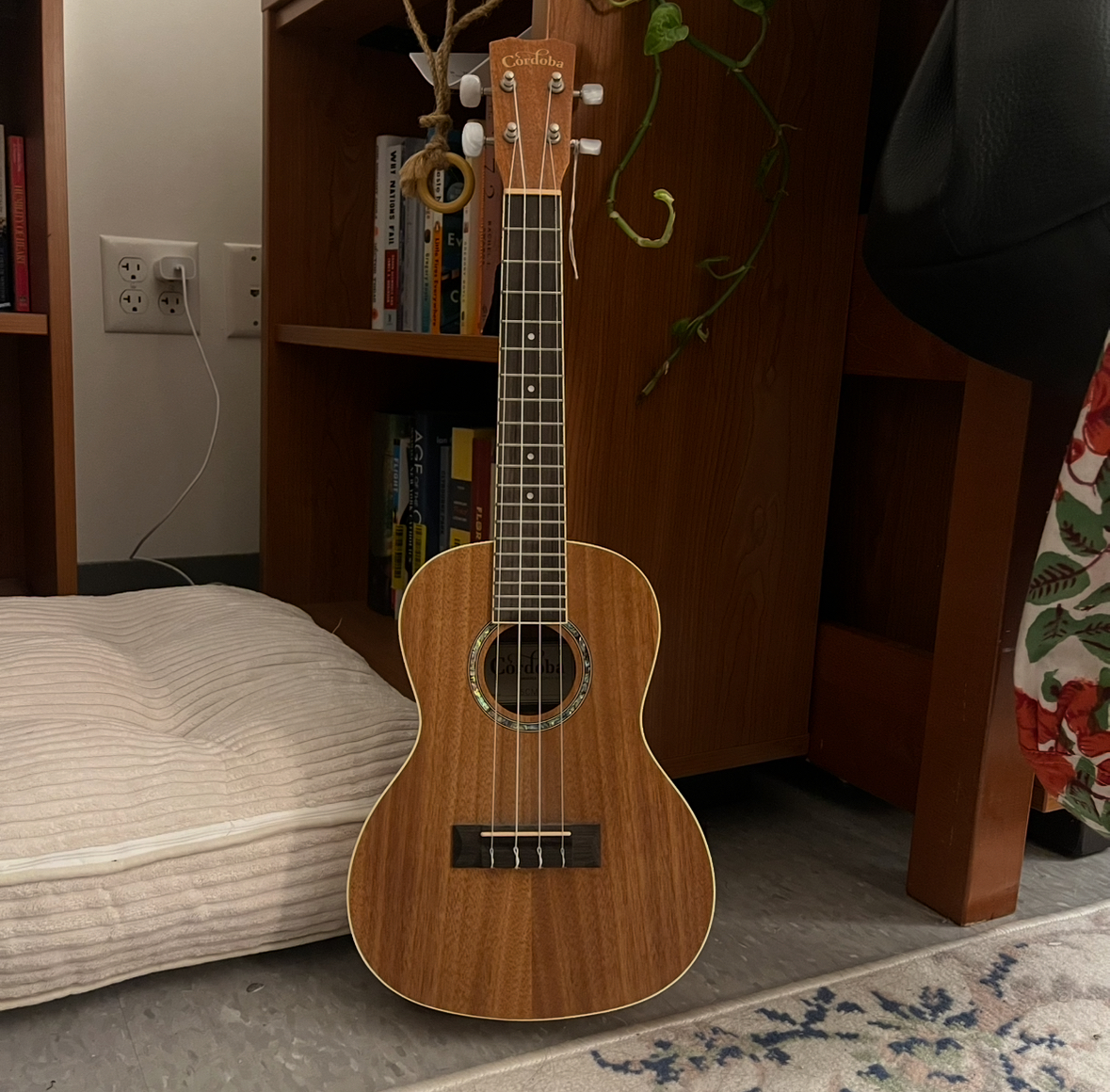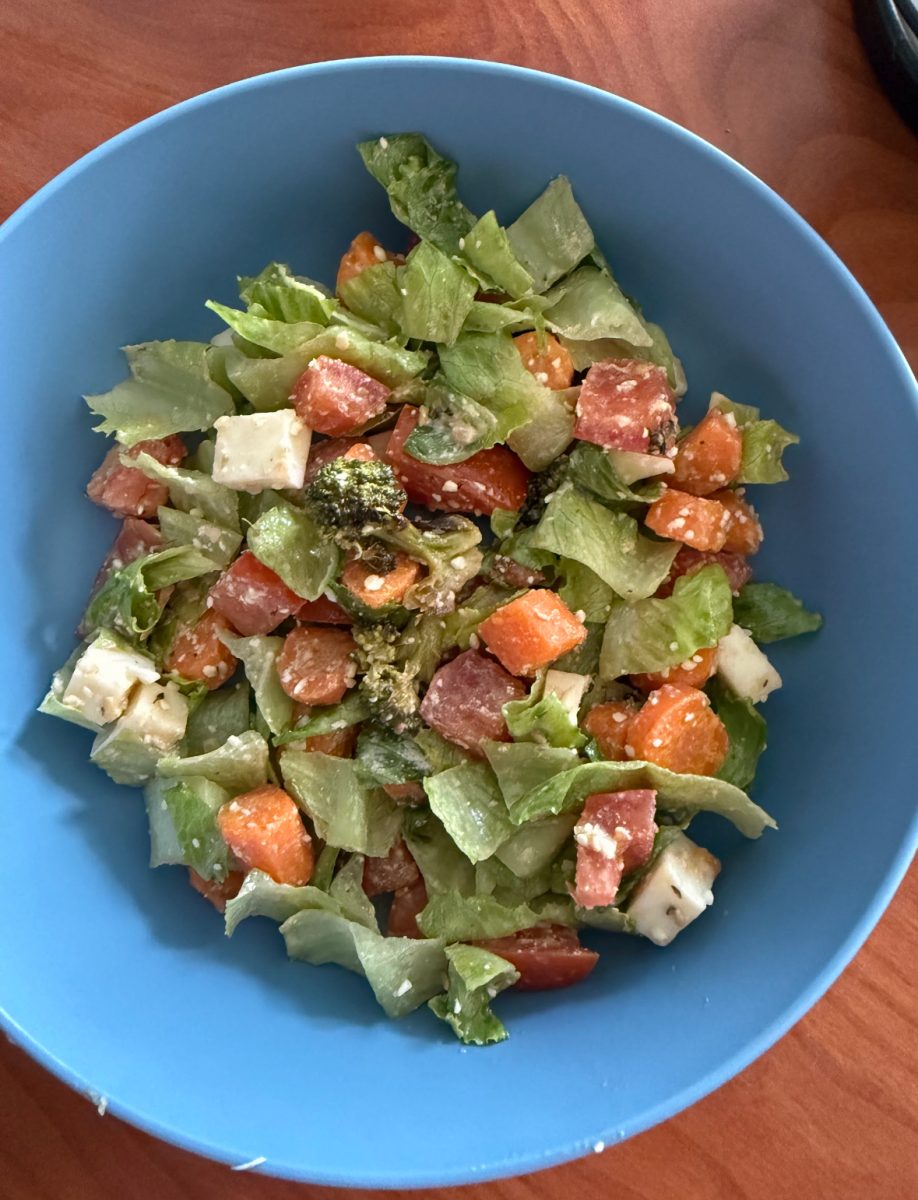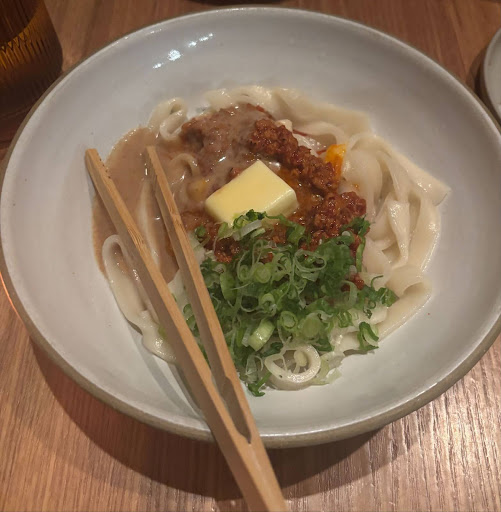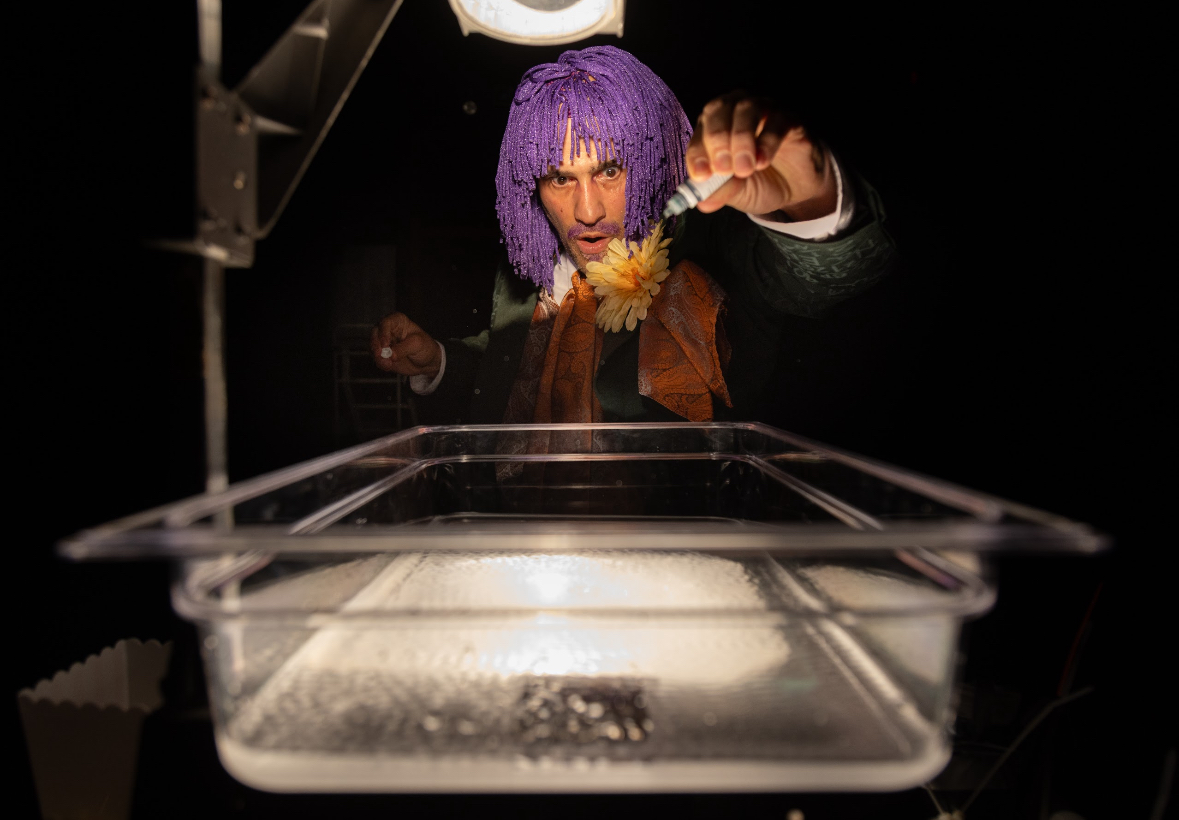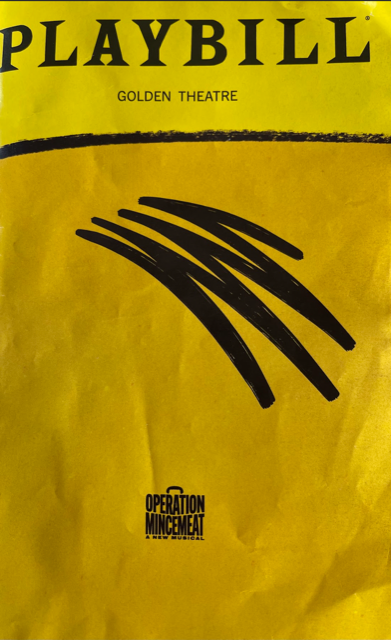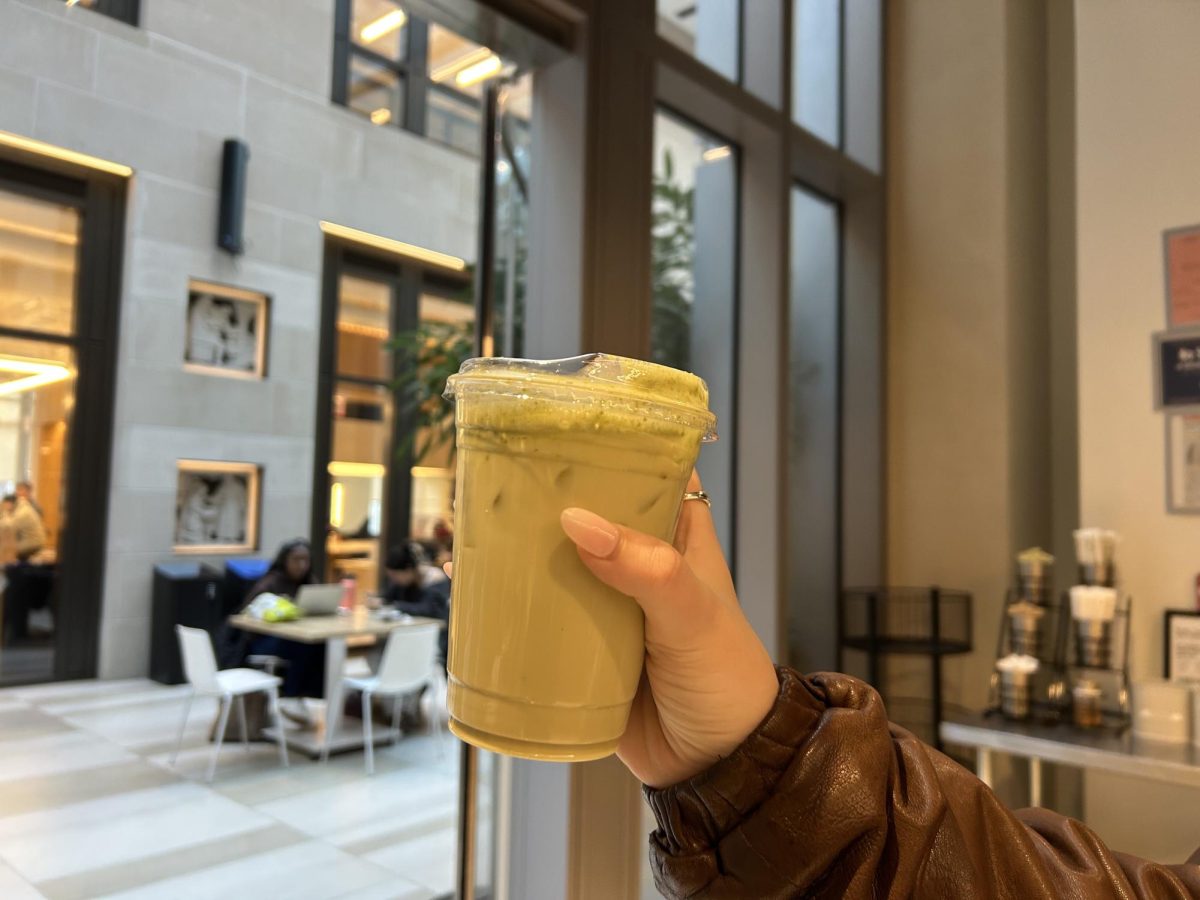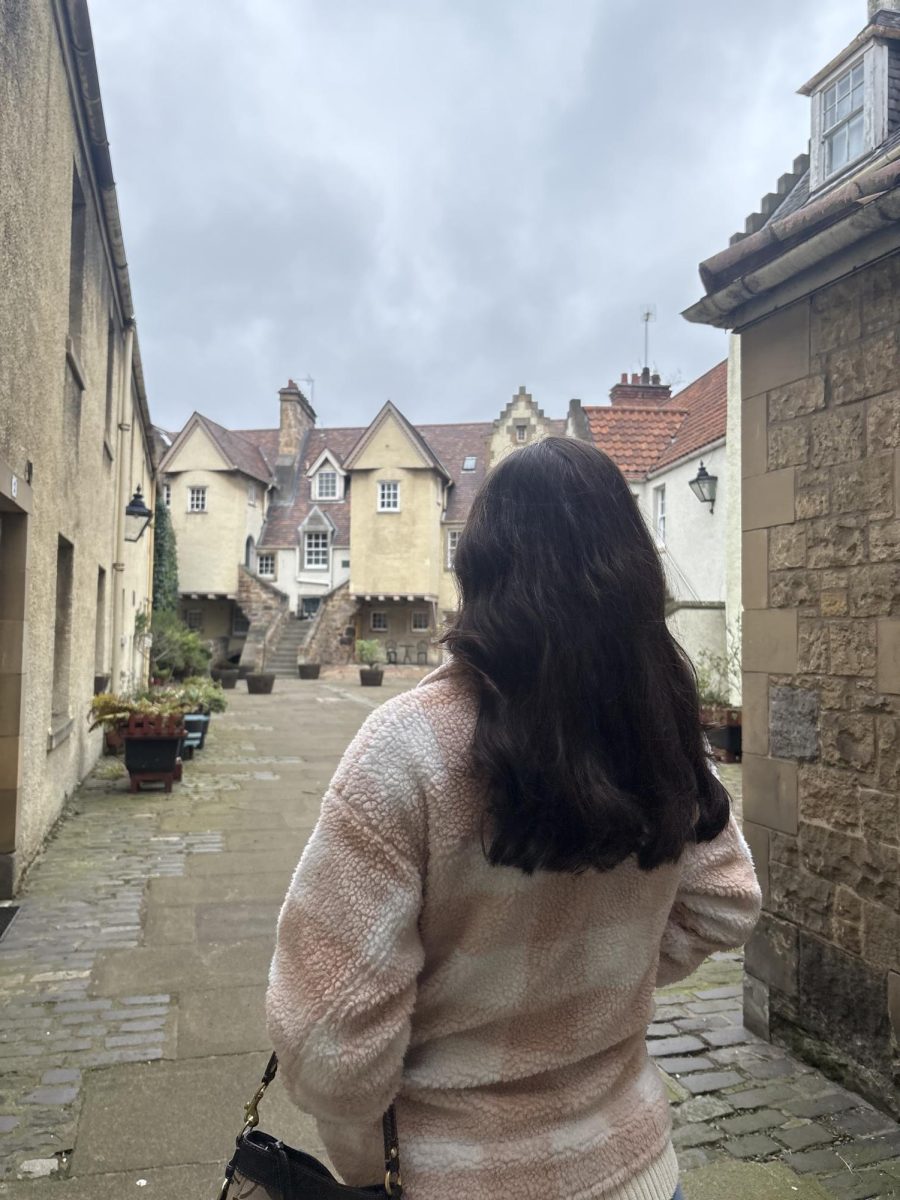Out with the old, in with the … green? Matcha-flavored food and beverage products have taken the world by storm, and with a projected global market value of $5 billion by 2028, it is unlikely that the matcha movement will lose momentum anytime soon. The recent surge in popularity of this verdant, aromatic tea is not without reason: its high antioxidant levels and reduced caffeine content make it an excellent alternative for those who are particularly prone to experiencing “coffee jitters.”
Matcha is a powdered derivative of green tea that originated in China during the Tang Dynasty and was later introduced to and popularized in Japan. Traditionally, matcha is enjoyed in the context of highly intimate Japanese tea ceremonies, where proper preparation and consumption of the tea play a pivotal role. Currently, the most common way to drink matcha is in the form of a latte, to which individual consumers and coffee shops alike have taken to adding various sweeteners such as honey, agave and flavored syrups.
Matcha is primarily appealing because of its various health benefits. According to a study published by the National Library of Medicine, L-theanine, an amino acid exclusively found in the tea plant Camellia sinensis, is known to decrease stress in both animals and humans. Matcha production is reliant on a specific process in which the leaves of Camellia sinensis are cultivated in the shade for three weeks. This shaded cultivation process is imperative to the maximization of L-theanine and caffeine content in matcha. Although caffeine is known to act as an antagonist for L-theanine, if L-theanine and caffeine concentrations are sufficiently balanced (as they are in high-quality matcha powders), then the consumer can still experience the energy boost that caffeine provides, while simultaneously retaining the stress-relieving properties of L-theanine and other amino acids that a typical serving of coffee would lack.
Millennials and Gen-Z seem to be the primary proponents of matcha, with social media serving as a fast-acting catalyst for the spread of new recipes, cafe recommendations and tea brands. But in order to determine if the matcha craze truly transcends the digital world, I decided to make the trek to Fordham’s very own student-run coffee house, Rodrigue’s Coffee House (Rod’s).
Rod’s treasurer Quỳnhan Nguyễn, FCRH ’27, graciously shared some insight about the recent addition of matcha lattes to the Rod’s menu. According to Nguyễn, conversations about the inclusion of matcha on the menu began to brew during the summer of 2024, and the coffee house officially began serving matcha at the beginning of the fall 2024 semester. Currently, Rod’s uses culinary grade matcha for their lattes, and preparation methods vary between using a traditional bamboo chasen and electric hand-held whisks.
When asked to give a statement about the general reception of this new menu item, Nguyễn affirmed that “it’s become really popular, especially in big cities like New York; coffee and tea are definitely [still] more popular sellers [at Rod’s], but I feel like [during] these past few semesters, it’s grown a lot more in popularity, even among our members as well.”
On a personal level, Nguyễn expressed their own appreciation for the green drink.
“I get a matcha from Rod’s every day,” they declared. “It’s my daily drink. I love it because it doesn’t get me as caffeinated as coffee. … I’d [even] say I would prefer it to coffee; I think it’s a good alternative for people that are looking to caffeinate themselves, but not too much. That’s what I’ve heard from other people too, that they’re switching to matcha for health reasons.”
Still a skeptic? Rod’s currently offers this coveted latte for $2 a cup. “Rod’s is the only place in New York City, and maybe I could argue [in] the whole country where you can get a quality matcha latte for $2,” Nguyễn declared.
Although prices vary, it appears as though this statement holds true. A standard grande iced green tea latte at Starbucks costs $5.75, and Cha Cha Matcha, a popular New York and Los Angeles chain that specializes in matcha-based beverages, offers their Draft Matcha Latte for $6.50.
Unfortunately, you can’t have your matcha and drink it too. According to The Japan Times, increased demand for matcha has put “unprecedented strain on Japan’s Tea industry.” Social media influencers have contributed to the growing exposure of matcha globally, and in efforts to keep up with rising trends, consumers have begun to purchase matcha powder in bulk. Repeated instances of bulk-purchasing have caused internet-viral tea brands such as Ippodo and Marukyu Koyamaen to instate purchase limits on their products, an action that neither company has had to take before.
Since matcha production is seasonal and involves rigorous harvesting and grinding procedures, endeavors to increase supply have been challenging. Additionally, data from the Japanese Ministry of Agriculture, Forestry and Fisheries indicates that the number of tea farmers in Japan has decreased significantly from the year 2000, with numbers plummeting from 53,000 to 12,353 in just 20 years.
In an effort to relieve pressure caused by the shortage, the Japanese government has incentivized farmers to shift production focuses from loose-leaf tea to tencha leaves through the provision of grants and subsidies. While it is currently unknown if these measures will be enough to counter climbing demand, consumers can help mitigate this strain by being mindful of their purchasing habits and only buying enough to suit individual needs. Similarly, as more health-conscious and environmentally friendly lifestyle choices become favored by younger generations, matcha remains the most desirable choice, as its consumption is more sustainable than that of coffee due to differences in farming practices and transportation emissions. Ultimately, matcha offers a diverse array of advantages enticing enough to persuade anybody to “go green,” and it is unsurprising that it has captured the hearts (and taste buds) of so many.
Theresa Gormley, FCRH ’26, is a biology major from Newburgh, New York.













